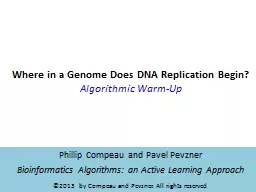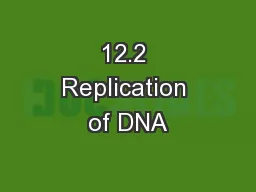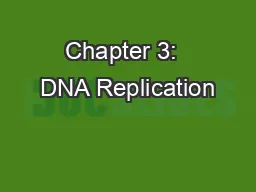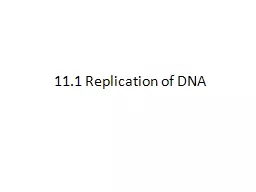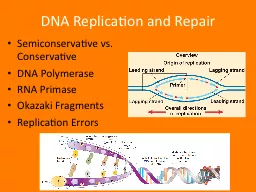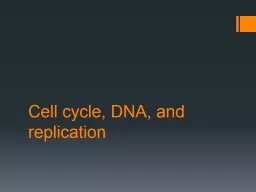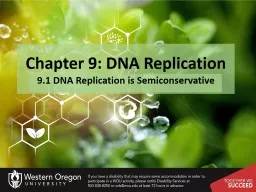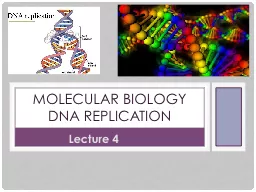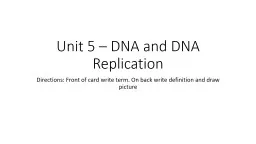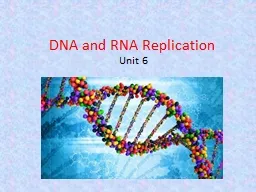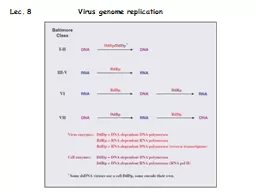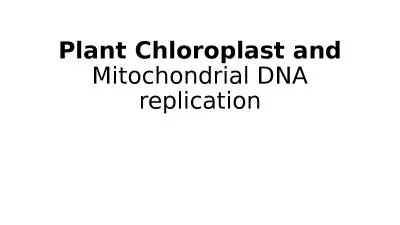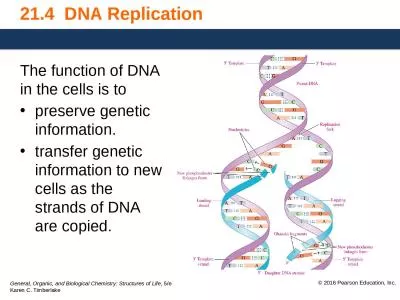PPT-Where in a Genome Does DNA Replication Begin?
Author : calandra-battersby | Published Date : 2015-11-09
Algorithmic WarmUp Phillip Compeau and Pavel Pevzner Bioinformatics Algorithms an Active Learning Approach 2013 by Compeau and Pevzner All rights reserved Before
Presentation Embed Code
Download Presentation
Download Presentation The PPT/PDF document "Where in a Genome Does DNA Replication B..." is the property of its rightful owner. Permission is granted to download and print the materials on this website for personal, non-commercial use only, and to display it on your personal computer provided you do not modify the materials and that you retain all copyright notices contained in the materials. By downloading content from our website, you accept the terms of this agreement.
Where in a Genome Does DNA Replication Begin?: Transcript
Download Rules Of Document
"Where in a Genome Does DNA Replication Begin?"The content belongs to its owner. You may download and print it for personal use, without modification, and keep all copyright notices. By downloading, you agree to these terms.
Related Documents

